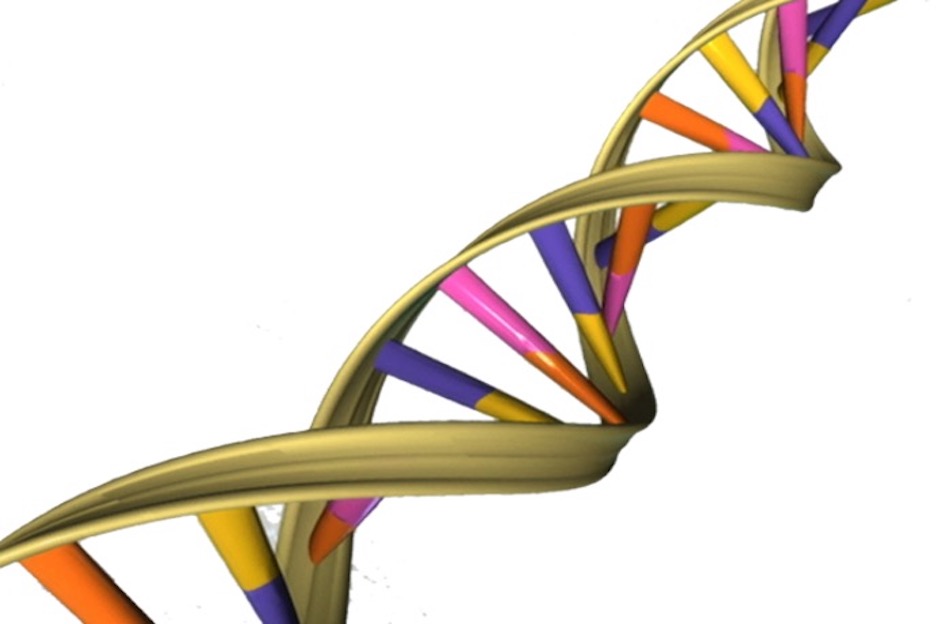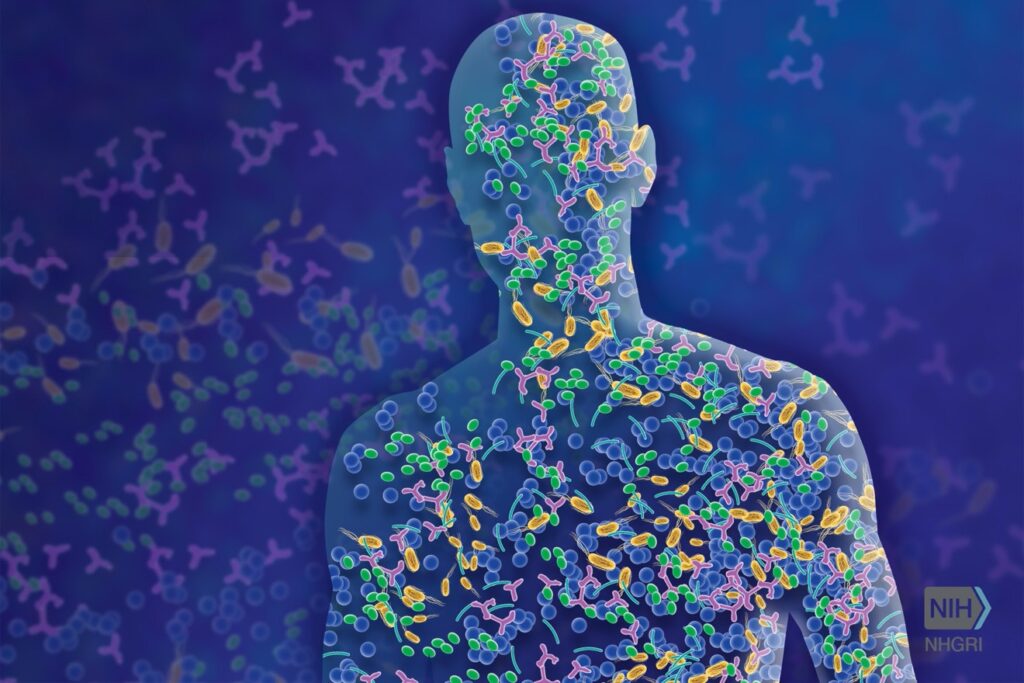An Overview of Oncology Treatments
Lead Authors: Dina Rabadi1, Sarah Matatov2 Co-Authors: Carolina Guerrero1, Nina Klee1,Whitney Nicanor Mabwi3, Bamlak Messay1, Yu Quan Ng4, Melanie Prakash1, Andrew Sasser1, Jillian Troth1 Dartmouth College1, University of Illinois at Urbana-Champaign2, Moi University3, Williams College4 Cover Figure: A clipboard surrounded by various drugs and delivery methods to treat cancer, showing the vast options and challenges …










